Learn the Ropes: Air Conditioner Components And What They Do
Did your air conditioner begin acting strangely? Are you afraid that you won’t be able to speak with any degree of knowledge to the repair person?
How would you like to gain some basic knowledge about your air conditioner components? In just a few minutes, you will be able to intelligently discuss your ac system.
People tend to take their air conditioners for granted. Few understand how they work. A quick look at the inside of your ac unit will give you a better appreciation for this marvel of the modern age. It also may inspire you to take better care of your ca.
Refrigerant
The lifeblood of your ac is a refrigerant. It moves through your ac system like blood through the human body. Refrigerant is a specialized, formulated substance that easily absorbs heat. It also quickly gets rid of its heat.
Refrigerant is useful in air conditioners because of its ability to rapidly change under pressure from a liquid to a gas and then under decompression to change back into a liquid.
Your air conditioner circulates the refrigerant along its tubular pathway that connects the interior section of your air conditioner unit with its exterior section. When the refrigerant is flowing inside your home, it’s in its liquid state. As the warm air in your home passes over the tubes containing the refrigerant, the liquid absorbs the heat.
The refrigerant then travels to the exterior portion of your air conditioner. As it moves, it carries the heat that was removed from your home. The effect is that the temperature inside your home drops, leaving you more comfortable on a hot, muggy summer day in the Gainesville, Georgia area.
Let’s examine the various air conditioner components that are working to keep you cool.
Compressor
Even though the refrigerant is now hot, it’s not hot enough. To eventually dispose of the heat into the outside air, the refrigerant needs to have a temperature that’s higher than the outside air. So, the refrigerant flows to a compressor that compresses or squeezes the refrigerant by putting the liquid under high pressure.
The compression causes the temperature of the refrigerant to rise. When a liquid changes to a gas, it absorbs heat. The gaseous refrigerant reaches a temperature higher than the temperature of the air outside the home. This is an important step because heat transfers from areas of high temperature to areas of lower temperature.
Condenser Coil
Once the compressor has increased the temperature of the refrigerant, the hot gas enters the condenser coil housed in the air conditioner unit outside your home. Now that the gas has a higher temperature than the outside air, it can release its heat into the atmosphere. To make the refrigerant release heat faster and more efficiently, a fan blows over the condenser coils. The fan is likely one of the air conditioner sounds that most people will recognize.
As the heated refrigerator loses more and more of its heat, it begins to cool and to transition back into a liquid. Its next stop is the expansion valve.
Expansion Valve
The refrigerant is now a liquid, but it still needs to lose more heat before it can once again be used to cool your home. So, the expansion valve’s job is to further lower the refrigerant’s temperature.
The expansion valve works in the opposite way of the compressor. If you remember, the compressor’s job is to raise the temperature of the refrigerant by increasing the pressure. Therefore, the expansion valve fulfills its job of lowering the temperature by decreasing the pressure on the refrigerant.
As the pressure of the refrigerant returns to normal, so does its temperature. It’s now ready to flow to the evaporator coil.
Evaporator Coil
The temperature of the refrigerant is now extremely low, making the evaporator coils cold to the touch. While the refrigerant is in the evaporator coils, it absorbs the heat from inside your home.
A blower fan pulls the air inside your house into the air return strategically located in your home. The warm air passes over the evaporator coils allowing the heat to transfer from the air to the refrigerant.
The refrigerant then carries that heat away from the interior of your home and eventually dispels it outside. Your home stays nice and cool, and the refrigerant continues its cycle to prepare for its next stop along its journey.
Air Filter
The air filter is probably the part of the air conditioner that homeowners think is of little importance. Local air conditioner companies like [company_name] think otherwise.
Just as a facial mask can protect you from dangerous airborne pollution and viruses, a good air filter can protect your air conditioner from inhaling dangerous dust and debris. A mask makes it easier for you to breathe in an environment that poses a risk to your respiratory system. Similarly, an air filter makes it easier for your air conditioner to breathe.
If your air conditioner becomes clogged with particles, the entire unit will have to work harder. That can result in less effective cooling, a higher energy bill, and costly repairs.
The air filter may be one of the less expensive air conditioner parts, but it’s there for a reason —a very important reason.
Thermostat
The thermostat is one of the ac components that people interact with the most. However, its everyday familiarity can make us overlook the sophisticated design that makes it work. And, it seems that each year, that design continues to evolve.
If you still have the same thermostat that you had several years ago, there’s a good chance that you’re missing out on a simple way to improve the efficiency of your system while making your home more comfortable as well as saving money.
A modern thermostat can be programmed to keep your home at a certain temperature when no one is home and then adjust the temperature in time for your arrival. Today’s thermostats can also be controlled remotely using your smartphone. That means that you don’t have to leave work and drive all the way back home because you forgot to set the temperature for your pet.
A good thermostat, coupled with a zoning system, allows you to set different temperatures for various rooms of the house. This is one way to bring peace to family members who each have their preferred temperature setting. It’s especially ideal when one person goes to bed earlier and wants the bedroom cool while other family members watching TV in the living room want the room warm and cozy.
Keep Your Air Conditioner Components Operating Smoothly
Now that you can better appreciate what is going on each day inside your air conditioner, you need to do your part to keep everything working efficiently. But you don’t have to do it alone.
Contact [company_name] today and learn more about how we can help you get the most from your air conditioner components.
More Articles
Categories

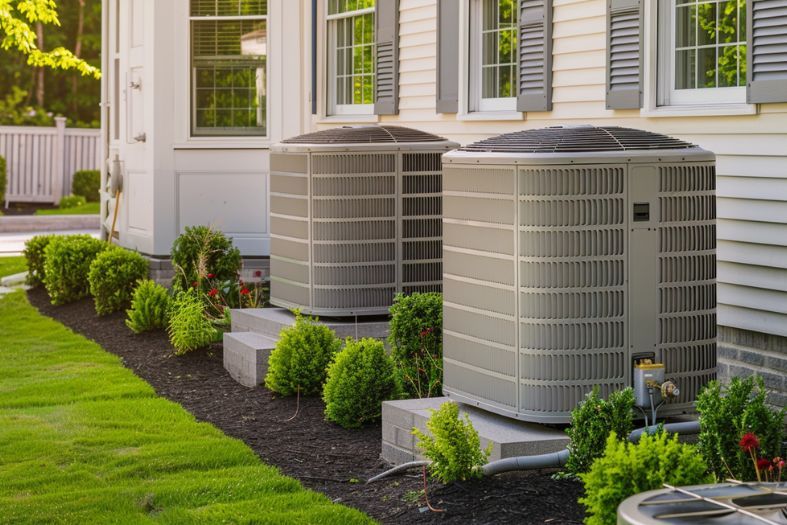

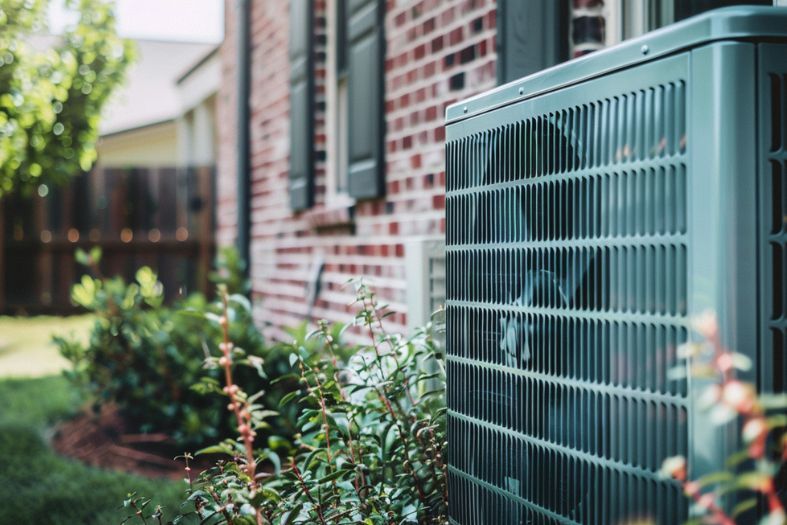
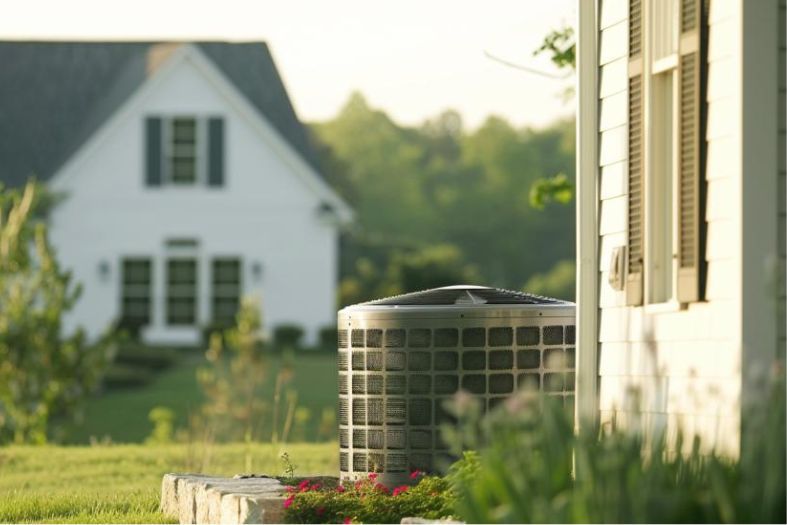

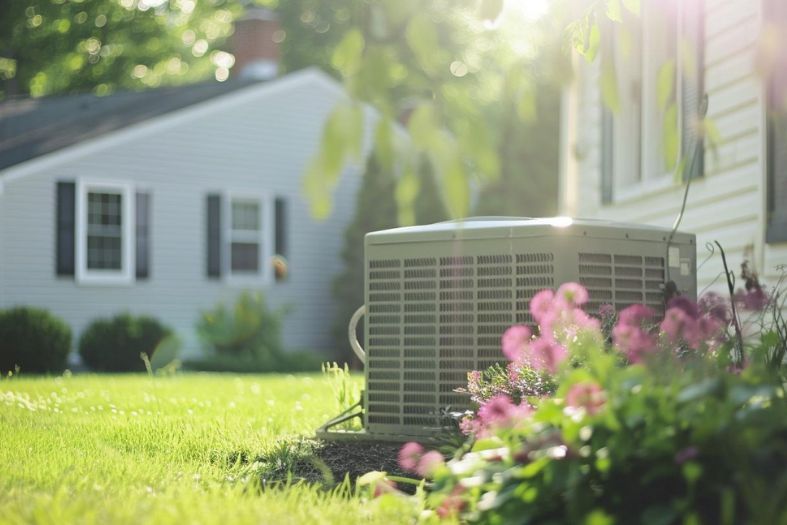
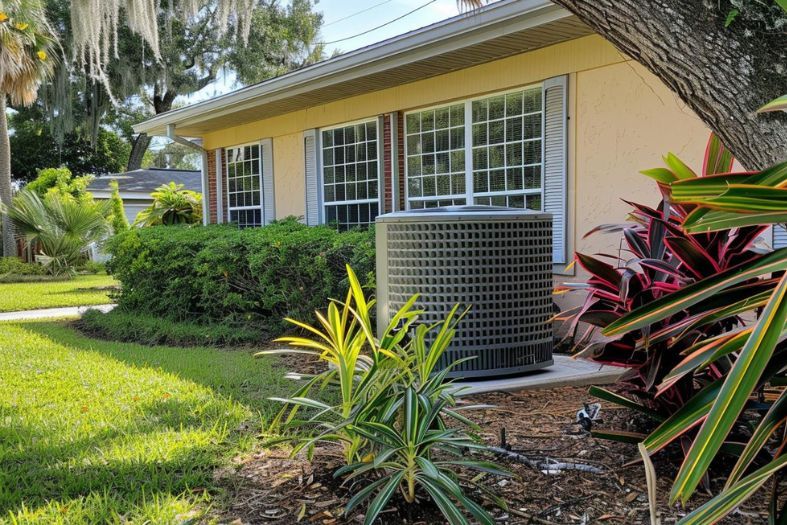

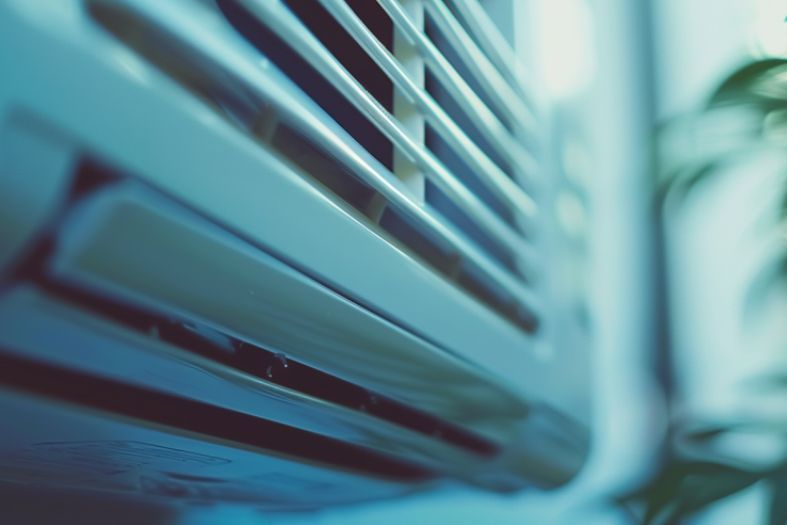
Leave a Reply